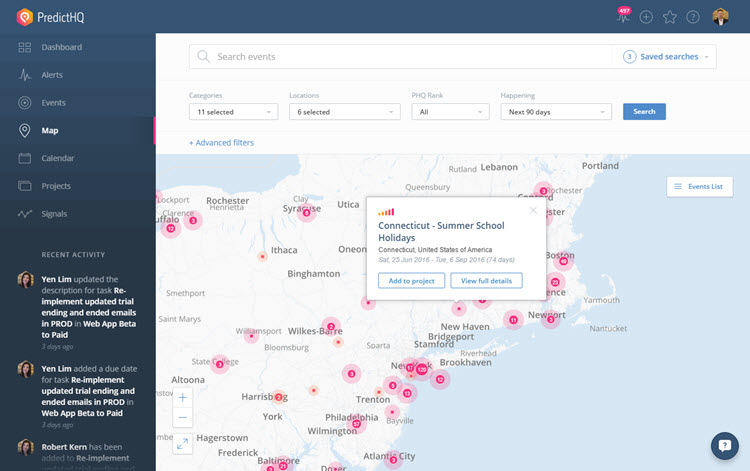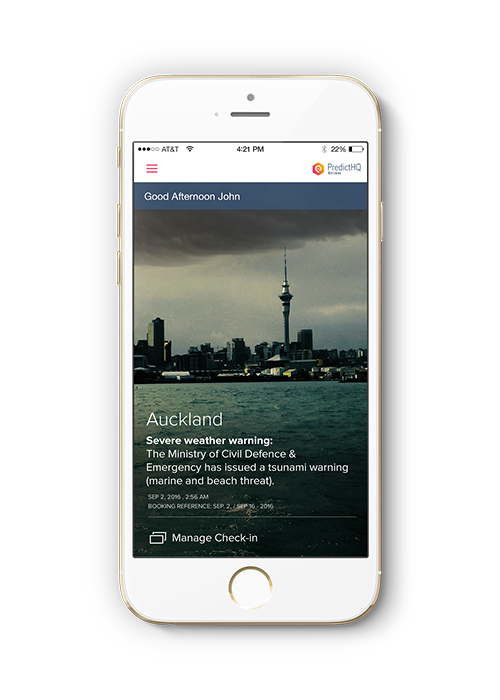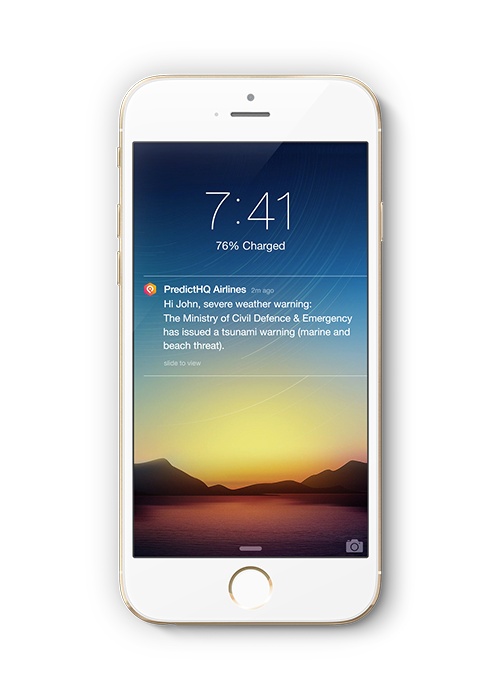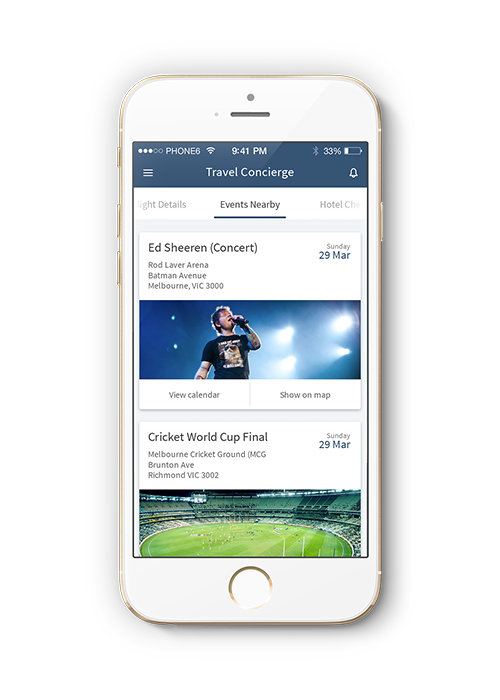Top 3 Most Useful APIs for Location-Based Apps

Developing intuitive location-based apps with the help of third party APIs
If you are building a web app for a new SaaS business or developing a consumer facing mobile application, chances are there will be some location-based requirements. This is being proliferated with the continuing growth of mobile usage, the associated location-aware data that is created and an ever expanding list of APIs that can leverage this data.
Whether the location is being generated by a user’s search or their device location, you need technology that can help create value and deliver intuitive functionality or content to the experience.
That’s why we have created this quick list of what we believe to be the most useful APIs for location-based apps (outside of your usual suspects like Google Places) and have even given you a great idea to get you started.
Is it your business’s core capability?
More and more, product and development teams are faced with that question of: “Should we use a third party API or build it ourselves?”. The larger organizations of this world might tend to take the “build it ourselves” mentality. However, even these large organizations are being forced to adapt to keep up with the disruptive startups who rapidly embrace third party technology. Their mentality generally is that if it’s not their core capability or adds relevant IP to their business then why spend time planning, building and maintaining it. This time could be better spent on creating new features, products and revenue streams.
Whilst it’s not always applicable to use third party APIs, in the right circumstances it will ensure that your team can develop with greater speed, agility and ultimately – innovate faster.
Three APIs for location-based apps
Mapbox – Design and publish beautiful maps
All good location-based apps which have a major requirement for mapping its data, needs to have as much control over the experience as possible. Mapbox‘s suite of REST APIs puts this control very much in the hands of the developers.
At PredictHQ, we have experienced this first hand with their Maps API which we use to dynamically serve up real-time and scheduled events on a map based on a user’s search criteria. The great thing we found with the Maps API is that our lead designer was able to log in and design the map colors without any involvement from the development team so they could focus on the integration. We also found that we were able to use Leaflet javascript seamlessly with MapBox as they provide “an open-source JavaScript library for mobile-friendly interactive maps”.

PredictHQ – Global demand intelligence
Consuming hundreds of data sources from around the world, standardizing these, removing duplicates and then maintaining them, is in itself an onerous task which no development team should have to undertake (unless you are the PredictHQ dev team of course). Then when you take this global event data (view all categories and labels available here) and further enrich it with additional data to create a way to rank events, it starts to become clear just why an events API of this nature is crucial.
With the demand intelligence API, developers and data scientists alike are able to free up their thinking to explore new location driven features or insights relating to events. The API also allows businesses to better understand what events are impacting them the most by market location or geo-code.
Once you have signed up and created an authorization token you can view the following example which is a good starting point:
All concerts and performing arts events in the next month within 500 meters of Covent Garden in London:
Urban Airship – Delivery of mobile engagement
Whether it’s automated mobile engagement through the message center, in-app, push or combinations of all three, businesses that choose to deliver relevant and timely notifications within their own location-aware app should consider using the Urban Airship API. Notifications are an extremely sensitive and personal part of a mobile experience. So getting this part of your engagement strategy wrong could not only result in reduced app usage but further impact your churn, which is the very thing you are trying to mitigate.
One of the more powerful features of an Urban Airship integration is retrieving data and analytics from the notifications so that businesses can best understand performance. These insights can be viewed either via their platform or directly fed into your own reporting platform.
What could be developed with all 3 APIs?
APIs can liberate a business’ thought process around solving problems, creating new features and launching new products which previously might have been impossible or in the least, cost prohibitive to develop internally. But what could you create with the 3 innovative APIs above? Well, here is a quick idea which we hope trigger thoughts for your own application or business.
Event notifications pre, during and post travel
Travel companies today are fighting to stay engaged with their customers and drive the right behavior – loyalty. This is not only before the booking but during and post so that travel brands have a better chance of customers repeat purchasing with them again. Some travel companies do this with promotions or relevancy-based triggered communications.
What if you had a reason to communicate with the customer that they saw value in and was meaningful to their experience with your brand? Enter – a location-aware feature within travel booking apps which based on a user’s location and purchasing life-cycle could notify (Urban Airship) and display (Mapbox) relevant events (PredictHQ). Three examples of messaging could be:
Demand generation – events coming up which they might want to book a holiday for – school holidays
Engagement – events happening at their destination that they might want to check out – sports
Duty of care – events occurring in real-time at their destination which could impact their travel plans – natural disasters
See below for some of the event notification ideas visualized within a fictitious travel app – “PredictHQ Airlines”:






